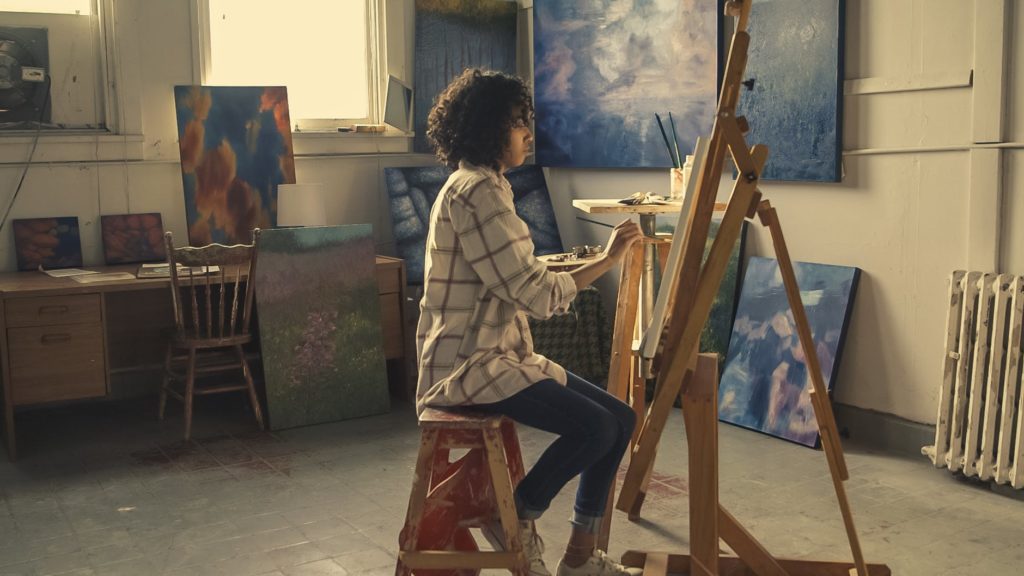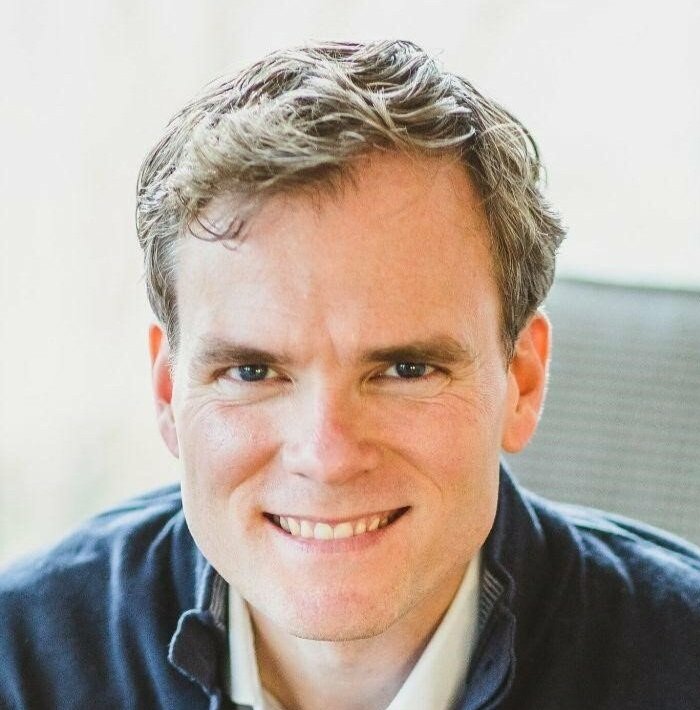Eight years ago my wife and I were assessed as collegiate church planters. I was awarded a part time role with a start-up ministry called Fresh Expressions and we were handed the keys to a denominational campus ministry building.
We knew we were called to ministry and called to plant a church but in our community there were already 52 churches in our denominational network alone—so if we were going to plant a church, it had to take on a different form. The historic denominational campus ministry center brought with it certain expectations to maintain a denominational campus ministry presence so our work needed to complement what was already happening while pioneering something new at the same time.
We took seriously author Andy Crouch’s challenge to use our position and facility to inspire and create culture. Too often, he suggests, we use influence and position to rule and regulate but fail to recognize how a posture of inspiration offers a far more compelling vision. Our task as leaders was to use our position to create something so beautiful that the world couldn’t help but listen.
Our task as leaders was to use our position to create something so beautiful that the world couldn’t help but listen.
Tweet this.
Meeting People of Peace
From a practical standpoint, it meant becoming more intentional with the way we used the space we were given. The Center has a really long hallway with lots of natural light. Hallways are used for walking, of course but we thought the hallway provided a way forward in our attempts at culture making. Jerry Eisley, director of the Washington Arts Group, became our person of peace in the arts community and he willingly helped us reimagine the hallway as an art gallery.
People of peace are essential agents in the mission of God. A person of peace need not be Christian, they’re just willing agents who open their lives and resources up to the vision. Often, people of peace help give further definition to the work.
People of peace are essential agents in the mission of God. A person of peace need not be Christian, they’re just willing agents who open their lives and resources up to the vision.
Tweet this.
A week later, in the middle of our weekly community dinner, Jerry and his wife Twila pulled up in front of the building, their van loaded with a couple of six-by-eight foot paintings that were previously taking up space in a warehouse. The onlookers that night watched as the long hallway became at least an implicit part of the culture we wanted to embody. Thanks to business author Peter Drucker, we learned early on that culture eats strategy for breakfast.
Those larger-than-life paintings depicting scenes from a passion play in a black church began implying a few things about our culture. The paintings implied that our space was set apart, that the walls could tell a story and that this particular story could indeed shape our story.
Over the next year, we met Melinda Watanabe, an Art student, and her professor, Joe DiBella—more people of peace. Melinda asked the university art department to have her senior art show at The Center and Professor DiBella helped get her request approved.
Transforming culture—transforming life
Late one late night a couple of years later, we drove past The Center. The doors were propped open, music was blaring and furniture littered the sidewalk. Unbeknownst to us the emerging community of young adults with whom we served had repurposed another space.
By that time, we’d met Brooke Turner, an education student who had a heart for at-risk kids. The rearranged room helped create space an after school program a couple of afternoons a week. Through that initiative, we met Leslie Jansen, a local art teacher who began helping us experiment with art classes; first with the at-risk kids and then for university students and faculty. Each class included a bit of spiritual content—enough to provoke thought and additional conversation. During Lent, for example, the class worked with clay to remember that we are dust and to dust we will return.
The Art Room became known as a place where everyone was welcome to create. Emily Tippett, a potter, who began serving as our artist-in-residence liked to remind participants that “every act of creation is an echo of the original spark.”
Through the regular rhythm of the art room, the community began exploring the biblical creation story. It was this experience that brought Grace back into faith. It had been five years since Grace walked into a church and even before that her participation in church was sporadic.
The Art Room became her entry point back to faith. It gave space for Grace—and for the grace operating inside of her. Grace says that she “was terrified to go to church and was terrified to enter a place where a sermon would be given.” Grace needed a new form of church. Grace tells it this way:
The art room finally made worship accessible to me. God showed me through The Art Room that that there was a place for me. Our theme verse was read aloud three times and then we were set free to create as the Holy Spirit moved through us. There was no sermon, there was no pressure; there were just the Lord’s words and a room full of worshippers. I truly believe that if I had never experienced the worship format in the art room, to this day I would still be afraid of worship and thus never would have understood the power of our God’s unconditional love, even for those of us who are afraid.
Soon after coming to the art room, Grace found her way to Tribe, a fresh expression of church for young women. She resonated with the collective leadership of the group. This group incorporates singing into their gatherings and while Grace didn’t know the words to the songs, she started singing anyway.
We set out to plant a church, not an art room. But we knew that we would never meet a person like Grace if we only gathered in the ways that Christians typically gather. And we may never have been able to help others reimagine the ways we gather if Jerry hadn’t pulled up to The Center that night with those big beautiful paintings.
We set out to plant a church, not an art room. But we knew that we would never meet a person like Grace if we only gathered in the ways that Christians typically gather.
Tweet this.
In his book Culture Making: Recovering our Creative Calling, Andy Crouch says that culture “is what we make of the world which God has created. It’s not just about high art or architecture. It’s whatever we make of the ‘stuff’ God created, ranging from an omelet to a Mona Lisa.”
Culture isn’t realized if it remains locked up in the theoretical or abstract. To create culture we’ve got to make something out of what we’ve been given. For us that meant hanging art in a hallway, rearranging a room and being led by people of peace along the way who brought definition to our quest for goodness, truth and beauty.
In the Idiot, Dostoevsky wrote that beauty will save the world.
As you think about your own cultural context, ask your team:
- Who are our people of peace that open their lives and resources to us?
- How are people of peace shaping our culture?
- How is our culture changing lives and making disciples?
In our context at The Center, what captivates the eye and engages the heart is an alternative setting for those who were once afraid. Our interaction with beauty points ultimately to the one who we behold as the creator of all that is truly beautiful. And in this we are changed.


